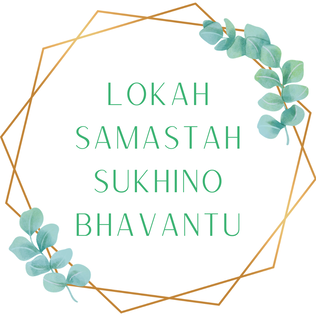Write: Staying rooted in the memory and feeling of the specific situation, we respond to six prompts to capture our stressful thoughts in short, simple sentences. 1. We identify the emotion we feel, with whom, and why. For example, "I am angry with Paul because he lied to me." 2. We identify how we want the person to change and what we want them to do. For example, "I want Paul to see that he is wrong. I want him to stop lying to me." 3. We write down our advice for the person. For example, "Paul shouldn't frighten me with his behavior. He should take a deep breath." 4. We write down what we need in order to feel better about the situation. For example, "I need Paul to stop talking over me. I need him to listen." 5. We list our complaints about the person or the situation. For example, "Paul is a liar, arrogant, loud, dishonest, and unaware." 6. We write down what it is about the person or situation that we don't ever want to experience again. For example, "I don't ever want Paul to lie to me again. I don't ever want to be disrespected again." As we express our feelings in writing, we should allow ourselves to be as petty, judgemental, or childish as we may feel without censorship; this is our opportunity to discover our true emotions from that moment.
Turn It Around: Finally, we practice turning around each of our statements to find multiple opposing statements and consider whether they may be as true as or truer than our original thoughts. A statement often can be turned around to the self, the other, the opposite, and written in contrasting language. Each statement will be different--some have one or two opposites, some have four or more--don't force any that don't make sense. Sometimes to find a good turnaround, we can replace the subject with "my thinking." For example instead of, "My body should be more flexible," we can say, "My thinking should be more flexible." For turnarounds to the sixth prompt about what we never want to experience again, turnarounds can begin with "I welcome..." or "I look forward to..." For the above example, "Paul lied to me," we may find the following four turnarounds, "I lied to me. I lied to Paul. Paul didn't lie to me. Paul told me the truth." As we consider the truth and validity of the opposing statements, we should stretch ourselves to identify any examples or evidence that could support them. In this example we can explore how the deception was really our own wanting to believe, our own self-deception. We can explore how clear and honest we were with Paul in the situation. We can explore Paul's understanding and intentions, and his own truth in his lived experience. The Work of Byron Katie binds Satya, Santosha, Svadhyaya, and Brahmacharya as we examine the validity of our beliefs and look for other possibilities (Satya), we exercise mental inversions and create space for opposing viewpoints (Santosha), we recognize the possible differences and disparities between our interpretation of an event and how it may have been experienced by another (Svadhyaya), and we engage with The Work as an active practice in our aim to approach unity consciousness (Brahmacharya.) While The Work is challenging, this contemplative yoga bears beautiful fruits, and I encourage you to apply the practice once or twice a week, and to notice how your beliefs and experiences transform and evolve. Start with whatever experience is most prominent in your awareness, whatever has you most upset in this moment, whatever is most energetically charged, as there you will find the most helpful results. As we continue with the practice and work through different memories and situations, we may then begin to apply the practice to specific Anti-Racism work, checking in with our beliefs about what we're hearing in the news and how we interpret "the facts" of any given situation. Enjoy the practice, and please let me know how it goes. Namaste ~ Teagan
0 Comments
Your comment will be posted after it is approved.
Leave a Reply. |
Yoga & MeditationNo in-person yoga offerings for now as we focus on building our new space. You may join in contemplative practice here, or connect with other local practitioners in the Coco Yoga Community Facebook Forum.
Archives
August 2020
Categories
All
Sharing
|
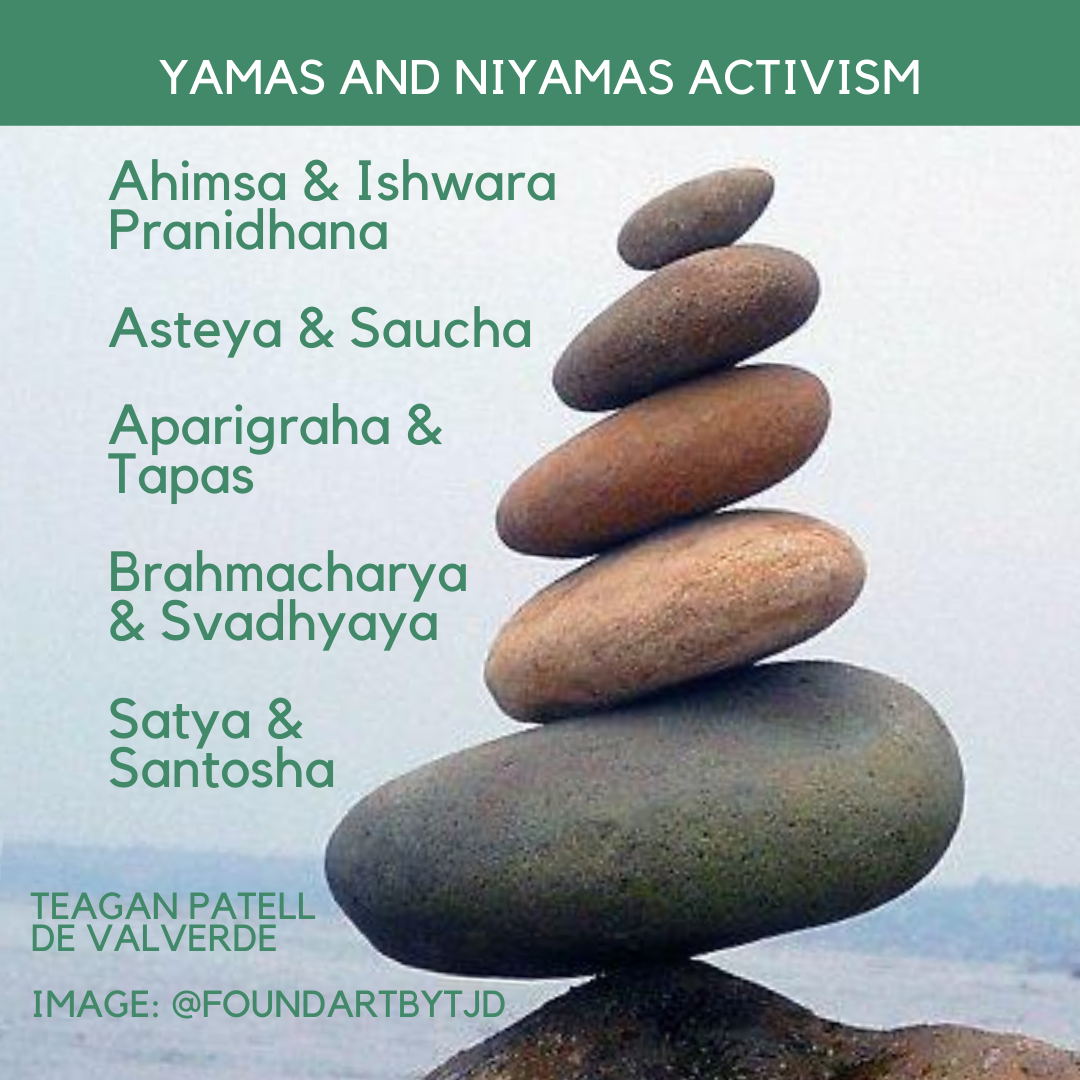
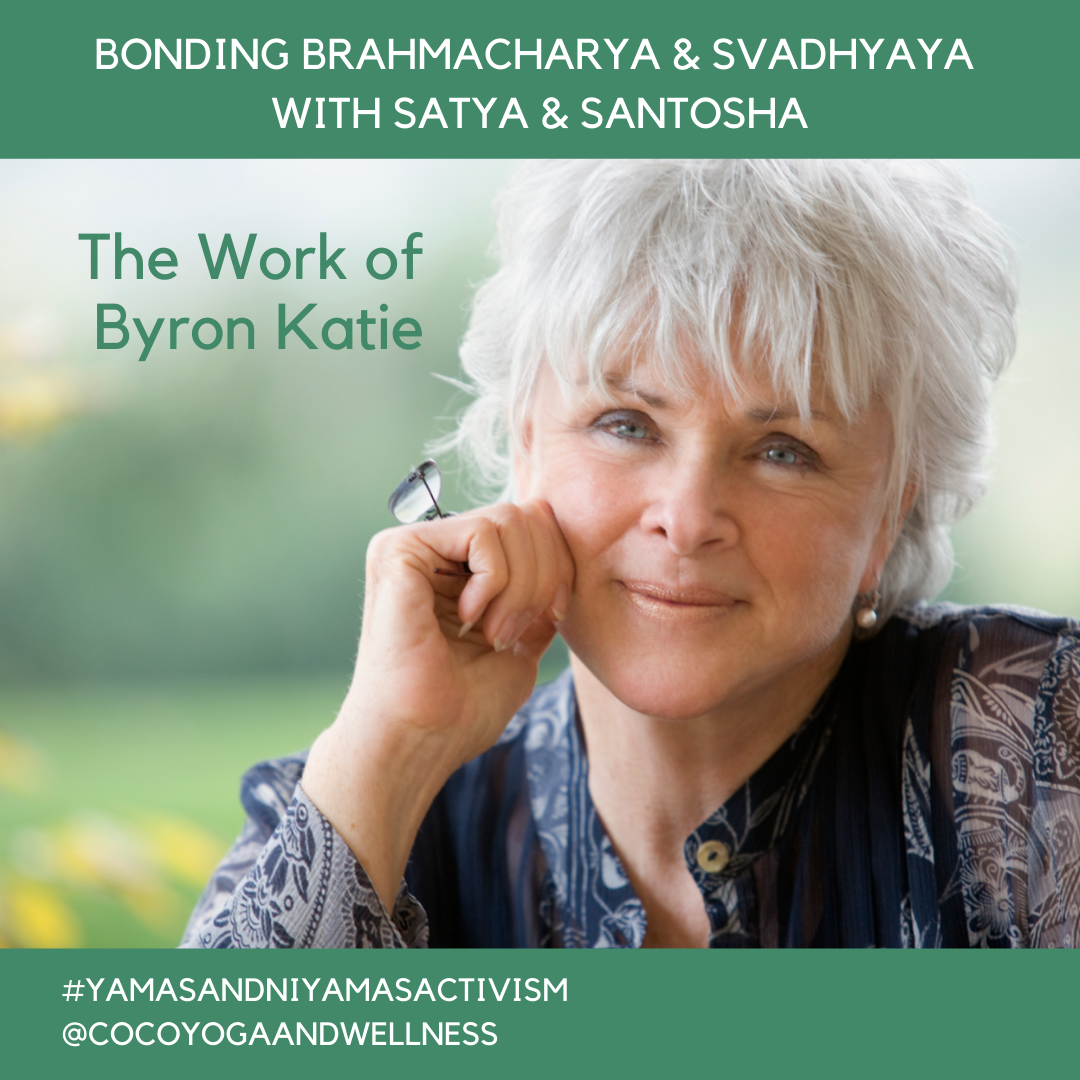
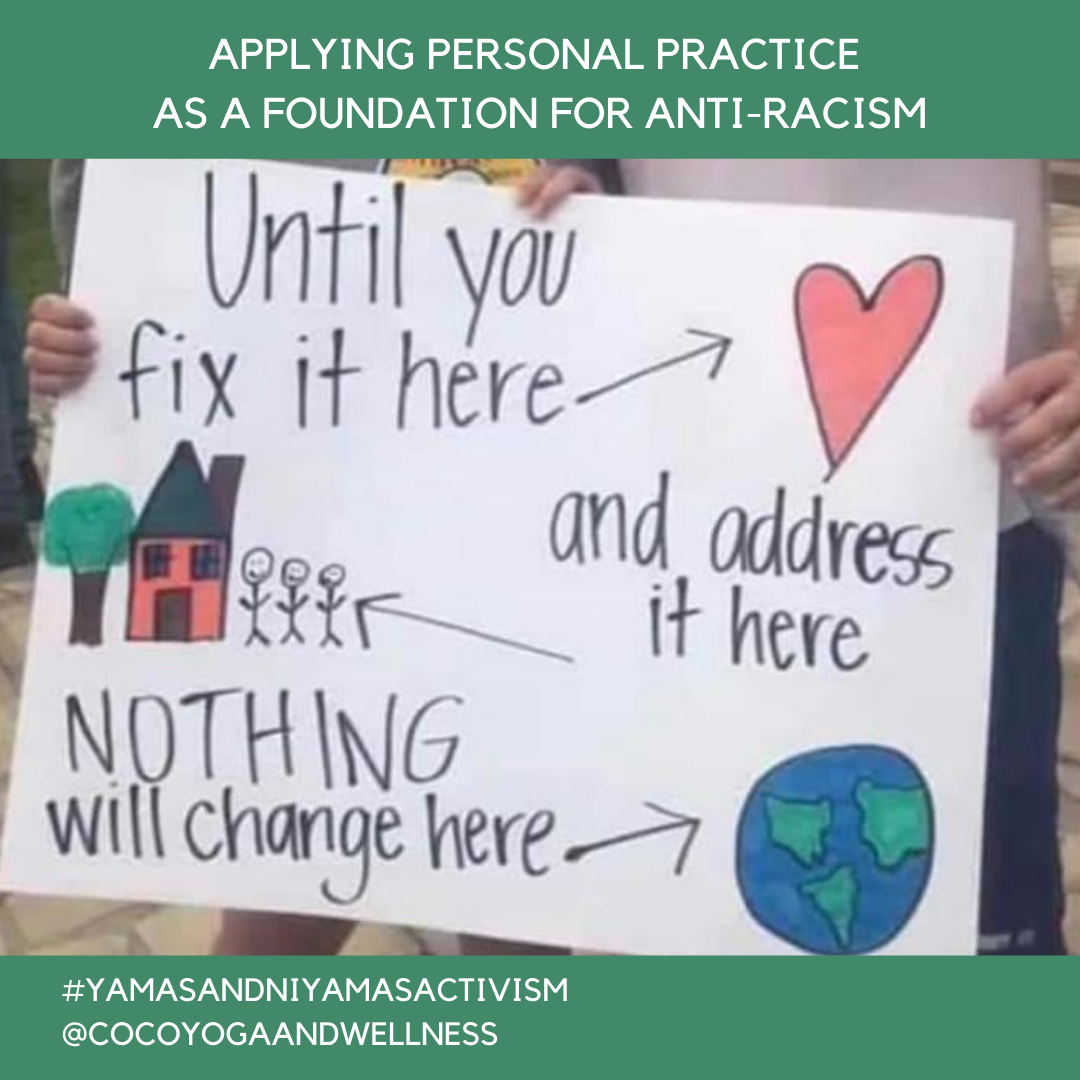
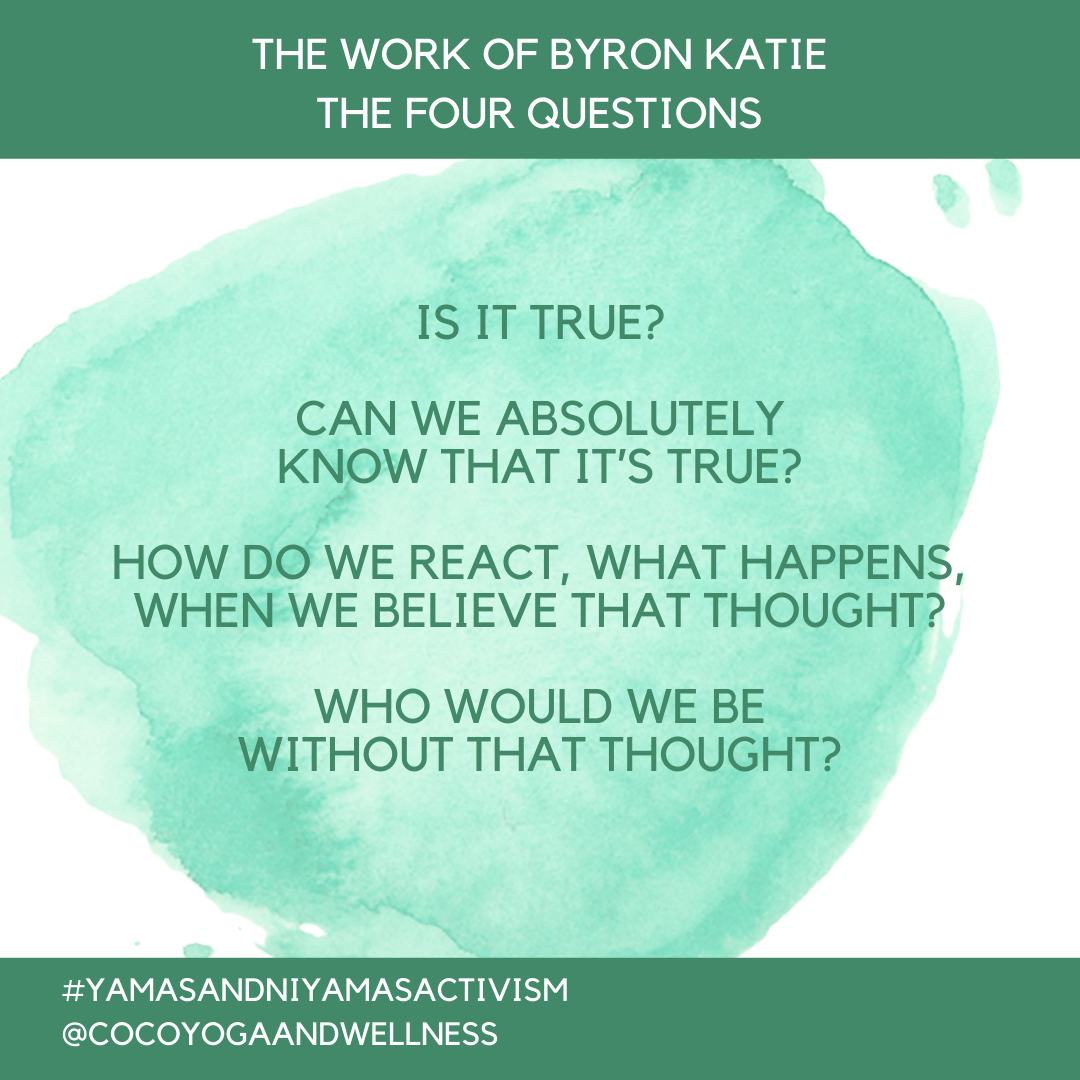
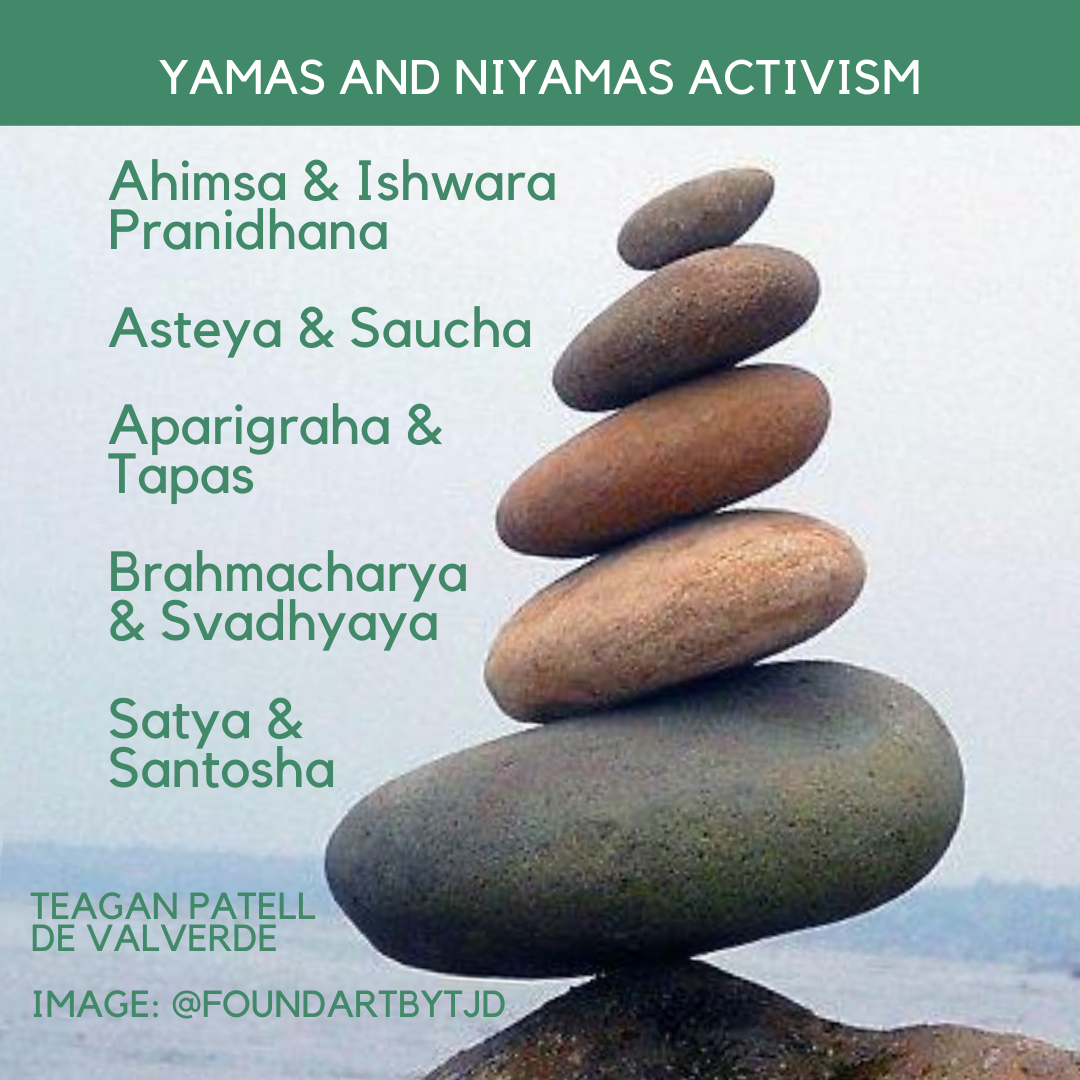
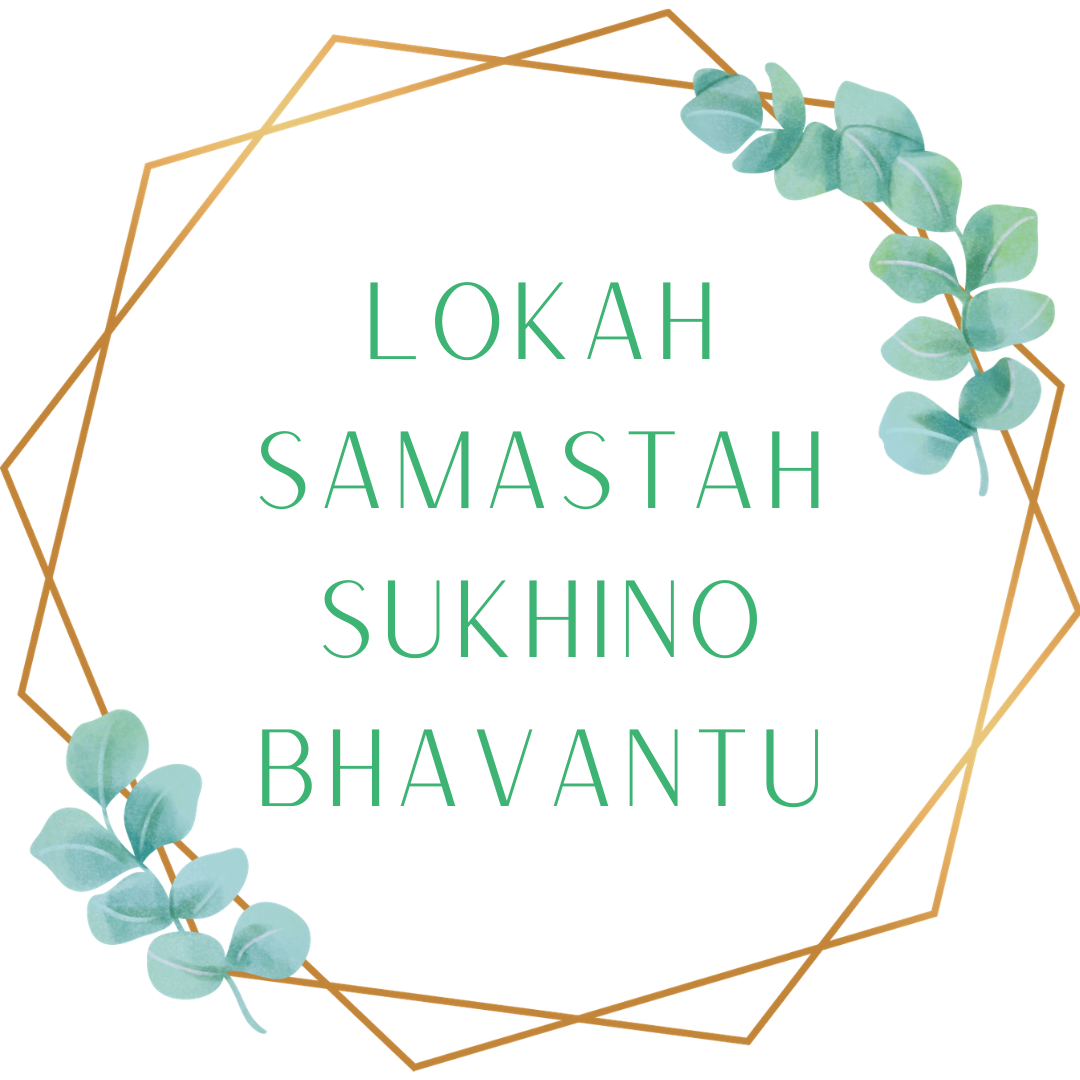
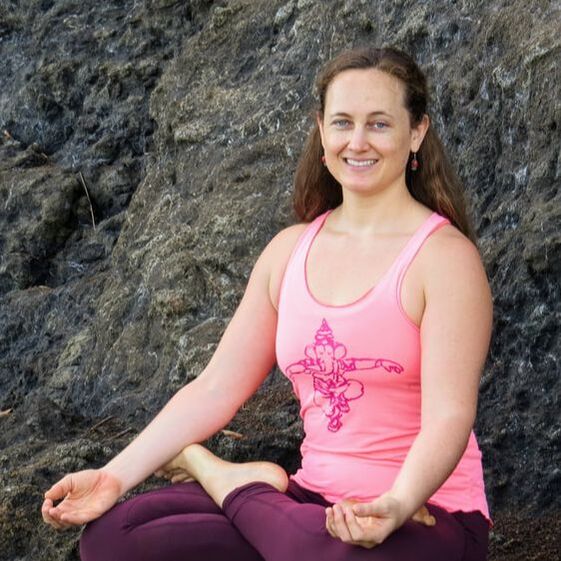
 RSS Feed
RSS Feed
